Distinguished by their yellow-tinted fins and tapered head, the meaty snook is a sought-after delicacy by those in the know. These salty water fish belong to the Centropomidae family, with only 12 known species, 5 of which reside in U.S. waters. The Common Snook, also known as the Sergeant Fish or the Robalo, is the most popular species due to its size, making it the main attraction for most anglers. Their average size is approximately 1 foot and 5-10 pounds, so snooks can grow up to 4 feet and weigh up to 50 lbs. and beyond.
Is Snook Safe to Eat?
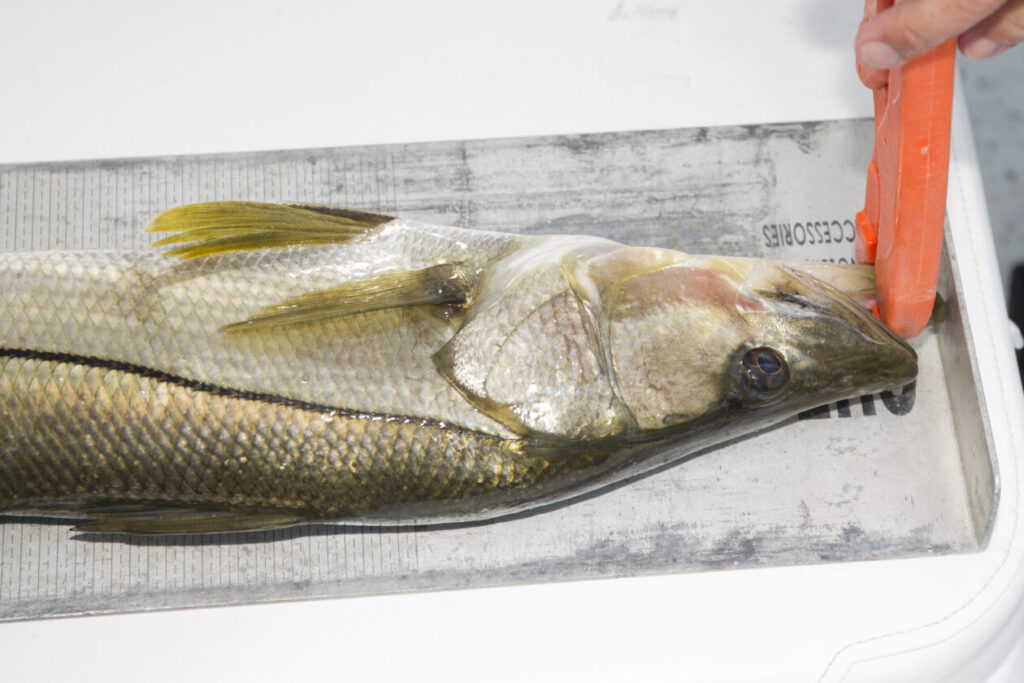
Yes, snook is safe for consumption. Designated as game fish in 1957 due to overfishing, snooks are highly sought after for their delicious white meat and strong fighting abilities. Despite catch restrictions, they remain a favorite meal for many. Snook is a popular dish along the South African Cape Coast, where a fresh green salad often accompanies it.
Exploring the Taste of Snook
Known for its mild taste, snook boasts firm, white flesh, thanks to its diet of smaller fish and crustaceans. Grilling with black pepper, garlic, and a dash of olive oil is recommended to enhance its flavor. While snook isn’t typically used for sushi due to its mild flavor and high mercury content, it shines in ceviche preparations.
Cooking Methods for Snook
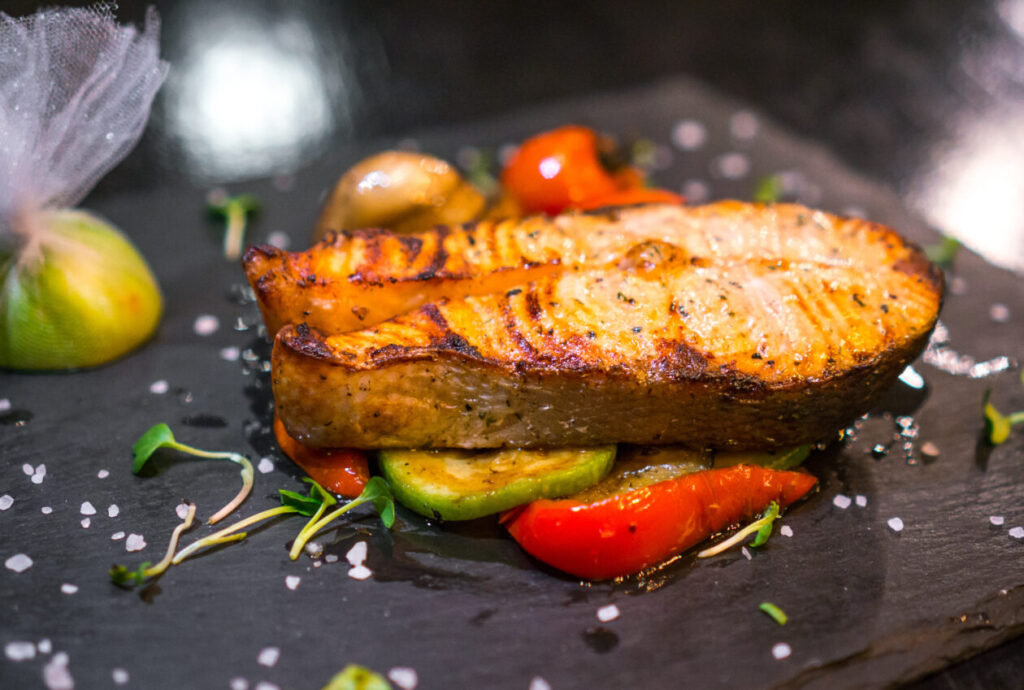
Snook is a versatile fish that can be cooked in various ways. Grilling or pan-searing are popular methods to lock in its freshness and flavor. A simple lemon juice, olive oil, garlic, and spices marinade can elevate its taste. Additionally, snook fillets can be baked for a healthy, low-fat meal option.
Best Bait for Catching Snook
Anglers often use bait such as pinfish, mullet, shrimp, and sardines to attract snook. Artificial lures like plastic shrimp, minnow imitations, spoons, and plugs are also effective. Presentation is critical, as snooks are selective feeders, especially during outgoing tides.
Seasonal Considerations
Snook season in Florida typically runs from late spring to early fall, coinciding with their breeding season. The best times to catch snook are around high tides, especially at dawn and dusk, and outgoing tides. Patience, practice, and adherence to fishing rules are essential for a successful catch.
Conservation Measures
Regulations are enforced to ensure the sustainability of snook populations and prevent overfishing. Catch-and-release practices during closed seasons and adherence to size limits help maintain healthy snook populations for future generations.
Final Thoughts
Catching and savoring snook is not just about the meal; it’s an experience that connects anglers to Florida’s rich coastal fishing culture. As an emblem of the state’s diverse marine life, snook serves as a reminder of the importance of environmental stewardship and responsible fishing practices. So, next time you’re out on the water, try catching a snook and savoring its exquisite flavor in a dish prepared with care.
Was this helpful?

Joseph Emb, RDN
Founder of StyleVitally.com | Registered Dietitian & Wellness Advocate
What I Cover:
I’m passionate about connecting nutrition science and everyday wellness to help people live healthier, more vibrant lives. I write about evidence-based nutrition, mindful eating, sustainable lifestyles, and holistic well-being at StyleVitally.com.
My Background:
The University of Texas in Austin, where I earned my Dietetics diploma, laid the groundwork for my nutrition and health career. My training and hands-on experience taught me the science and art of using nutrition to enhance health and well-being.
Professional Journey:
I’m an RDN with lots of experience. I’ve helped people seeking tailored nutritional recommendations in clinical settings and community outreach programs. My constant learning and professional development ensure that my recommendations are always based on the latest evidence.
Ethical Commitment:
My practice prioritizes integrity. My content is transparent and objective, following the most significant ethical standards. I can give my audience unbiased advice because I’m not affiliated with food businesses or industry associations. I want to help people make informed health decisions that match their values and ambitions.
Join Me on the Wellness Journey:
Join me on the path to vitality and well-being, whether facing nutritional issues, seeking sustainable lifestyle changes, or simply wanting a better, happier you. We’ll discover how diet, mindfulness, and holistic well-being can maximize your potential.


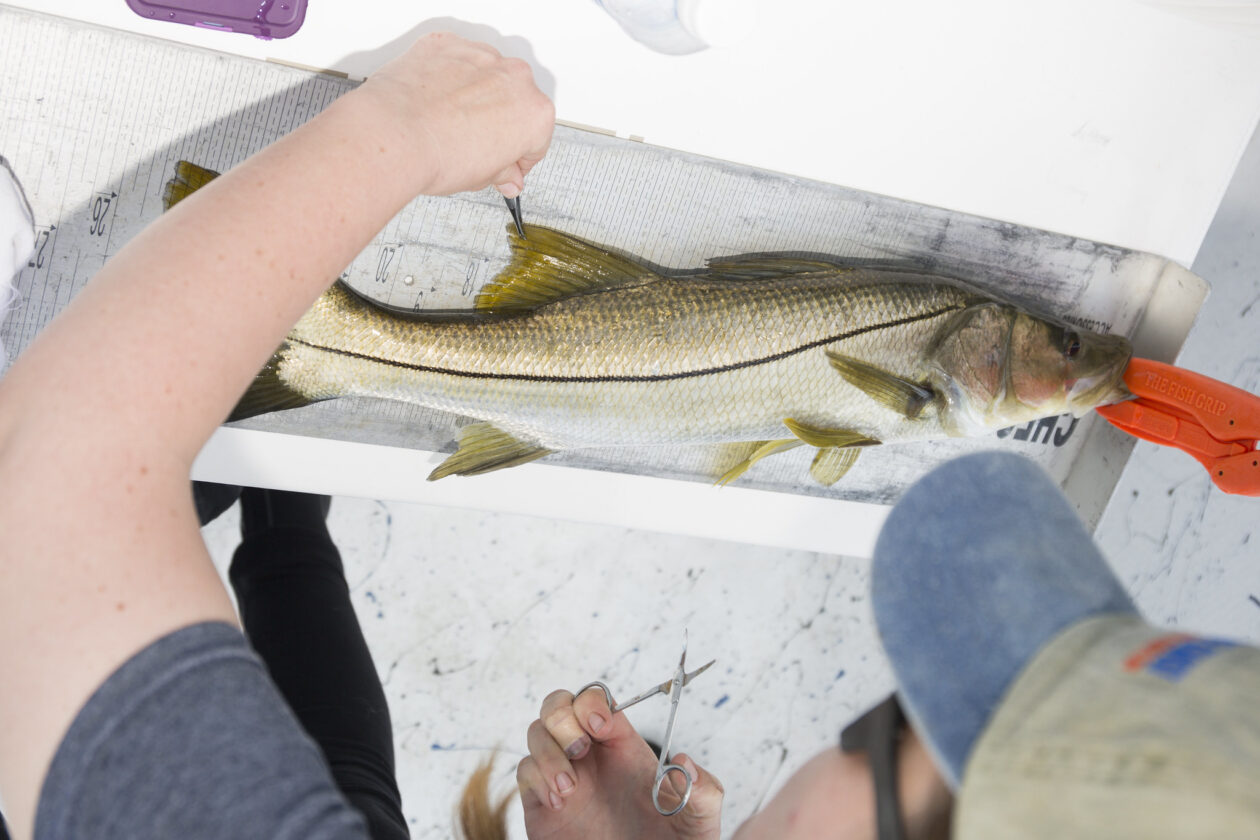



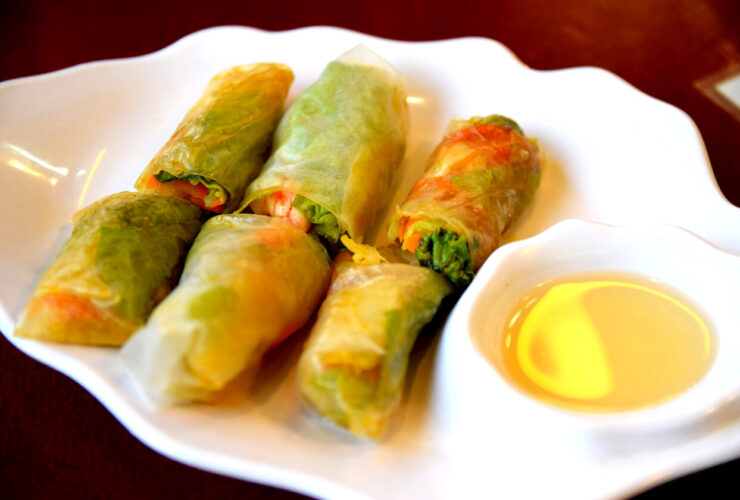

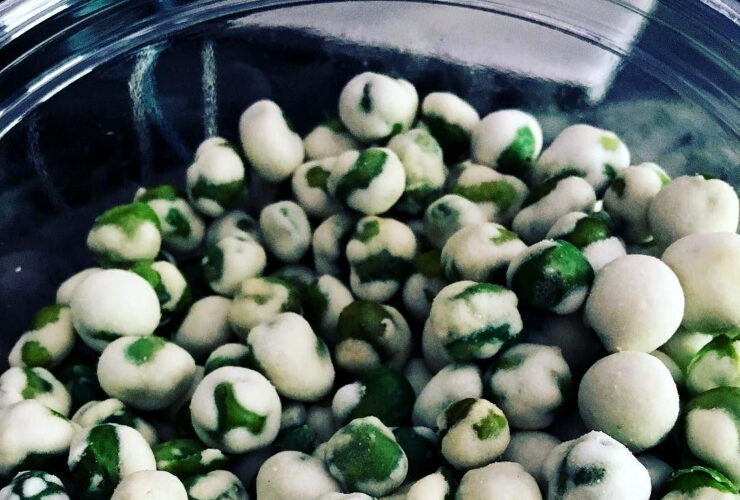
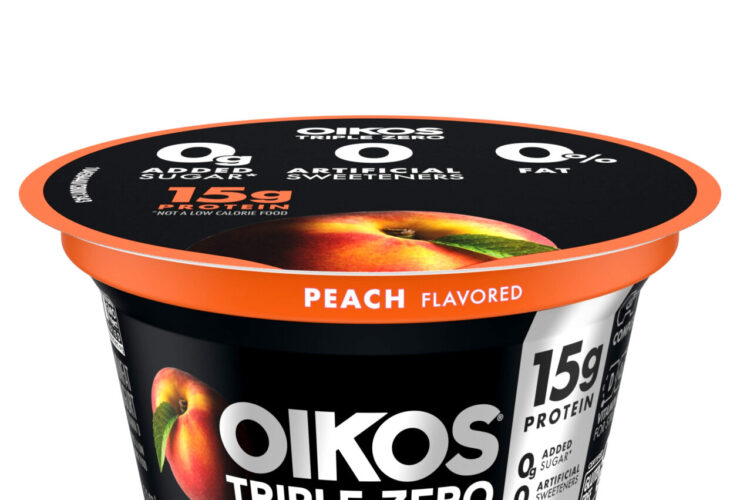
Leave a Reply
View Comments